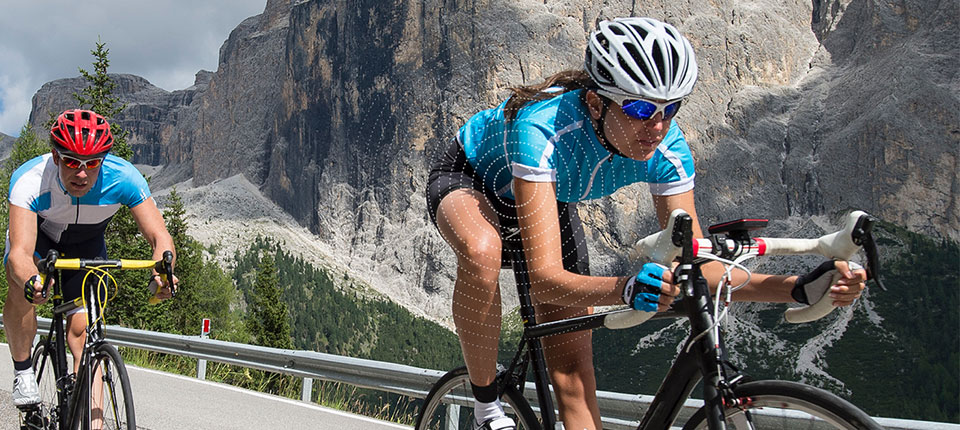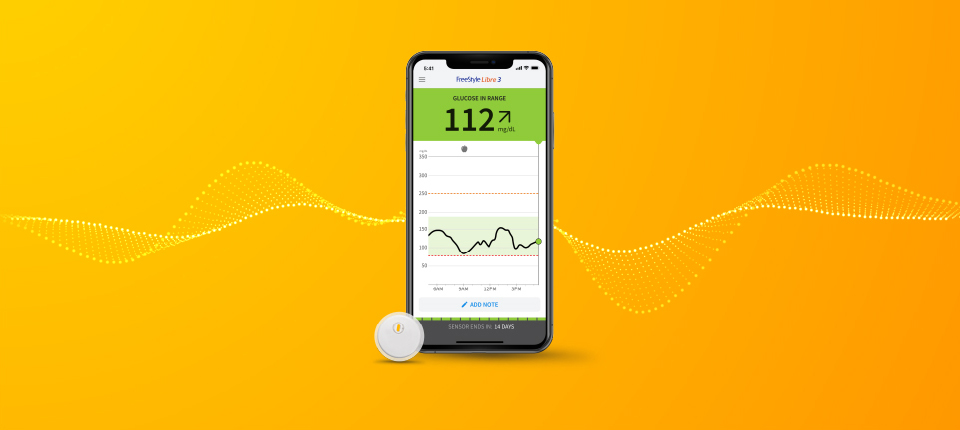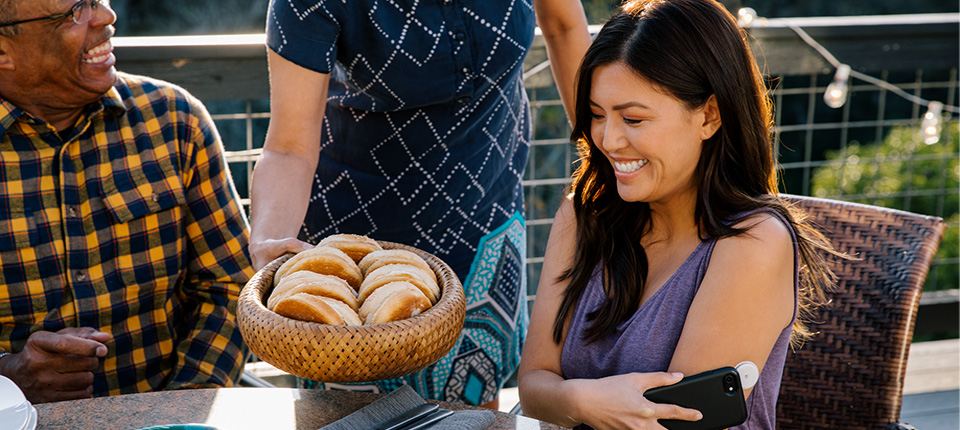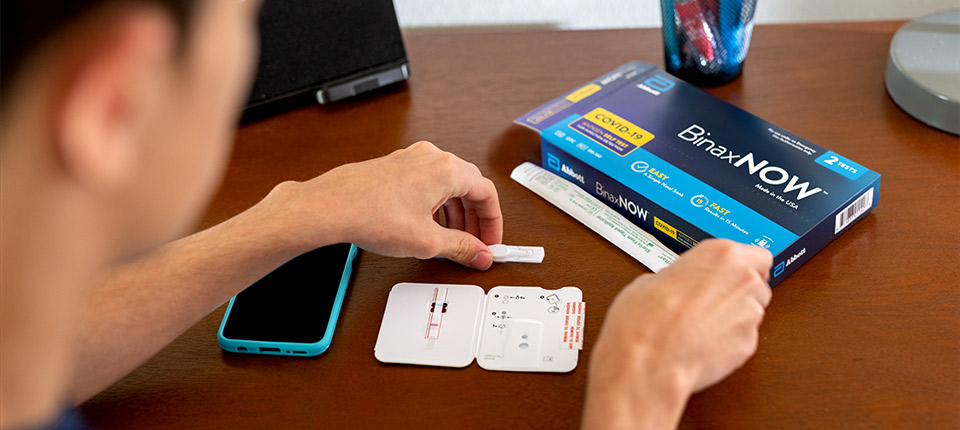Tracking correlations among glucose levels, dietary choices and individual athletic performance gives users an understanding of their glucose data needed to help them from being feeling run down as they're running down the competition.
"We are exploring a shift in timing of pre-race and race-time carbohydrate fueling to net maximum benefits," said Valentijn Trouw, performance director of NN Running Team and Global Sports Communications. "Abbott's biosensor enables us to build personalized nutrition plans based on glucose data in order to deliver peak athletic performance and a competitive advantage."
Helping the Best Get Better
Kipchoge won the men's marathon in Rio in 2016. With the latest technology, Kipchoge was looking for a repeat win in 2021. And that's what he did.
Our biosensor was there every step of the way helping Kipchoge train for his return to the top step of the podium.
"We've utilized our breakthrough sensing technology to help world-class athletes like Eliud and everyday athletes alike live up to their optimal potential," said Duncan Williams, divisional vice president, Abbott Biowearables. "Our technology will help make glucose monitoring commonplace in athletic performance training and enable athletes to fuel their peak performance."
Said Kipchoge: "Physically, I am fit. Mentally, I am fit. I'm ready to go for the next challenge now."
Abbott is the title sponsor of the Abbott World Marathon Majors, a series of six of the largest and most renowned marathons in the world: Tokyo Marathon, Boston Marathon, Virgin Money London Marathon, BMW BERLIN-MARATHON, Bank of America Chicago Marathon and TCS New York City Marathon. Click here to learn more.
References
1Biosensor is designed to work with compatible partner mobile apps.
2The biosensor is designed to automatically stream glucose data every minute, via Bluetooth® wireless technology, and it is designed to work with compatible mobile apps and wrist readers (wrist readers are currently in development).
This story was originally published on April 26, 2021. It was updated on October 15, 2021, and on March 8, 2024.







FOLLOW ABBOTT